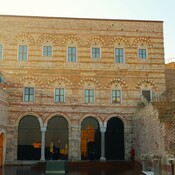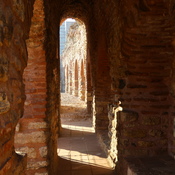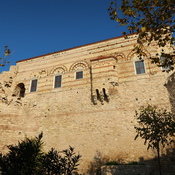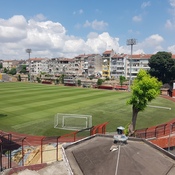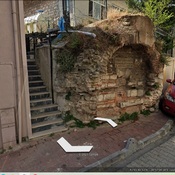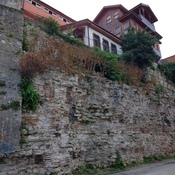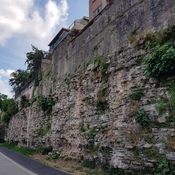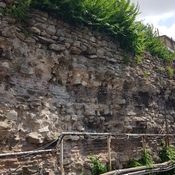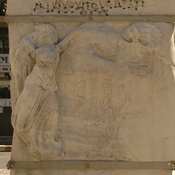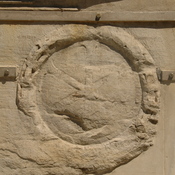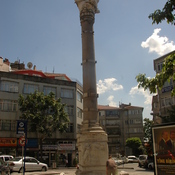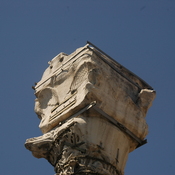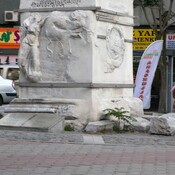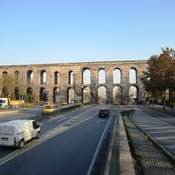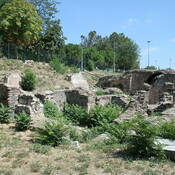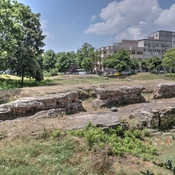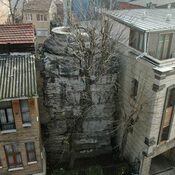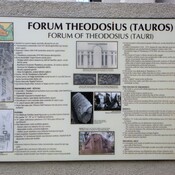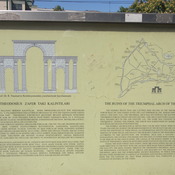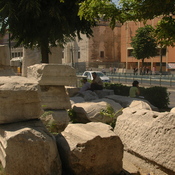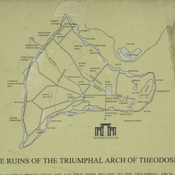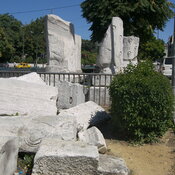Es gibt noch keine deutschsprachige Anmerkungen. Präsentiert wirden Anmerkungen auf English.
Constantinople (İstanbul) - Church of the Holy Saviour.
THE HOUSE OF WORLD-FAMOUS MOSAICS AND FRESCOES
The Chora Mosque (Kariye Camii) is renowned worldwide for its well-preserved mosaics and frescoes. It presents important and beautiful examples of East Roman painting in its last period. The idea of depth in mosaics and the moving style in figures are of outstanding artistic significance in the Middle Ages, foretelling the Renaissance period.
The name “Kariye” originated from ancient Greek word “Khora “which means countryside and changed into a Turkish word because the old church and monastery remained outside the walls of Constantinople. Chora Church, was built during the reign of Emperor Iustinianos in the 5th century. In the 11th century, Maria Doukaina founded another church on the site of the first one, which has survived to this day. Isaac I Komnenos restored and enlarged it. In the 14th century, an external narthex and a paraklesion (burial chamber) were added to the church. Repairs and additions have changed the original plan considerably. Today's building is from the 14th century.
Official Website: https://muze.gen.tr/muze-detay/kariye
Sources:
- http://www4.pbase.com/dosseman/istanbul_kariye - illustrations
Constantinople (İstanbul) - Church of the Holy Saviour.
THE HOUSE OF WORLD-FAMOUS MOSAICS AND FRESCOES
The Chora Mosque (Kariye Camii) is renowned worldwide for its well-preserved mosaics and frescoes. It presents important and beautiful examples of East Roman painting in its last period. The idea of depth in mosaics and the moving style in figures are of outstanding artistic significance in the Middle Ages, foretelling the Renaissance period.
The name “Kariye” originated from ancient Greek word “Khora “which means countryside and changed into a Turkish word because the old church and monastery remained outside the walls of Constantinople. Chora Church, was built during the reign of Emperor Iustinianos in the 5th century. In the 11th century, Maria Doukaina founded another church on the site of the first one, which has survived to this day. Isaac I Komnenos restored and enlarged it. In the 14th century, an external narthex and a paraklesion (burial chamber) were added to the church. Repairs and additions have changed the original plan considerably. Today's building is from the 14th century.
Official Website: https://muze.gen.tr/muze-detay/kariye
Sources:
- http://www4.pbase.com/dosseman/istanbul_kariye - illustrations
















